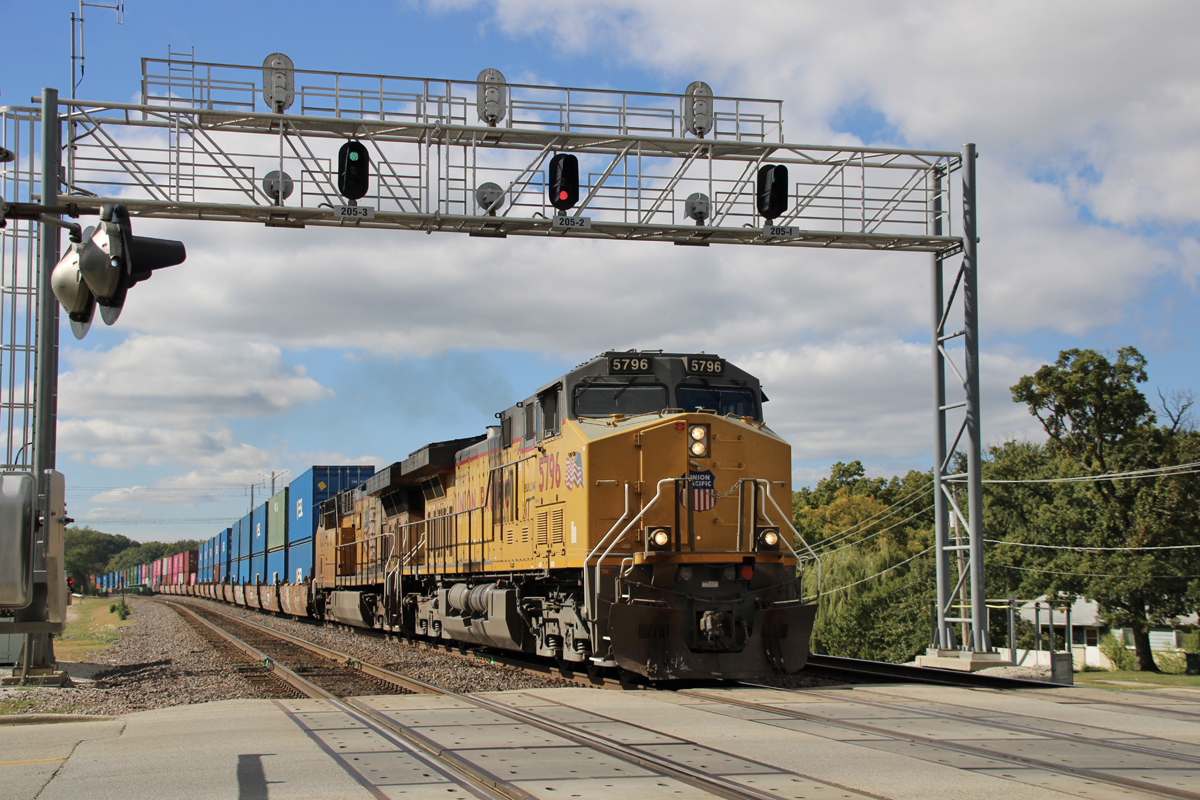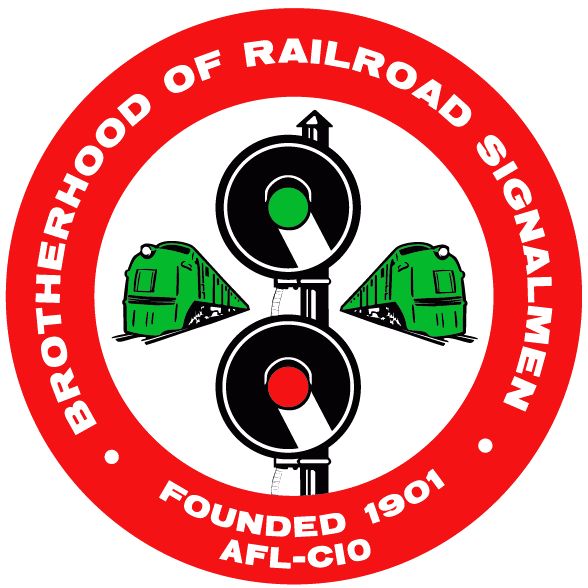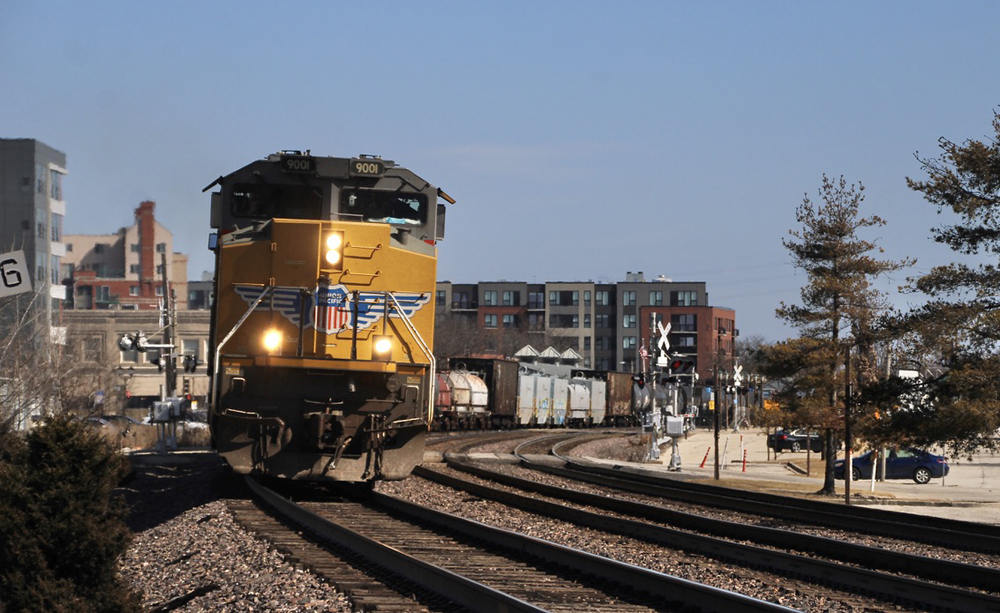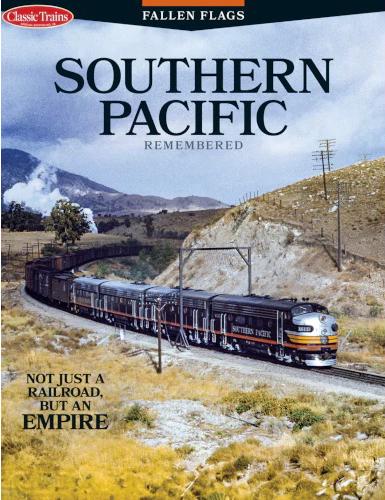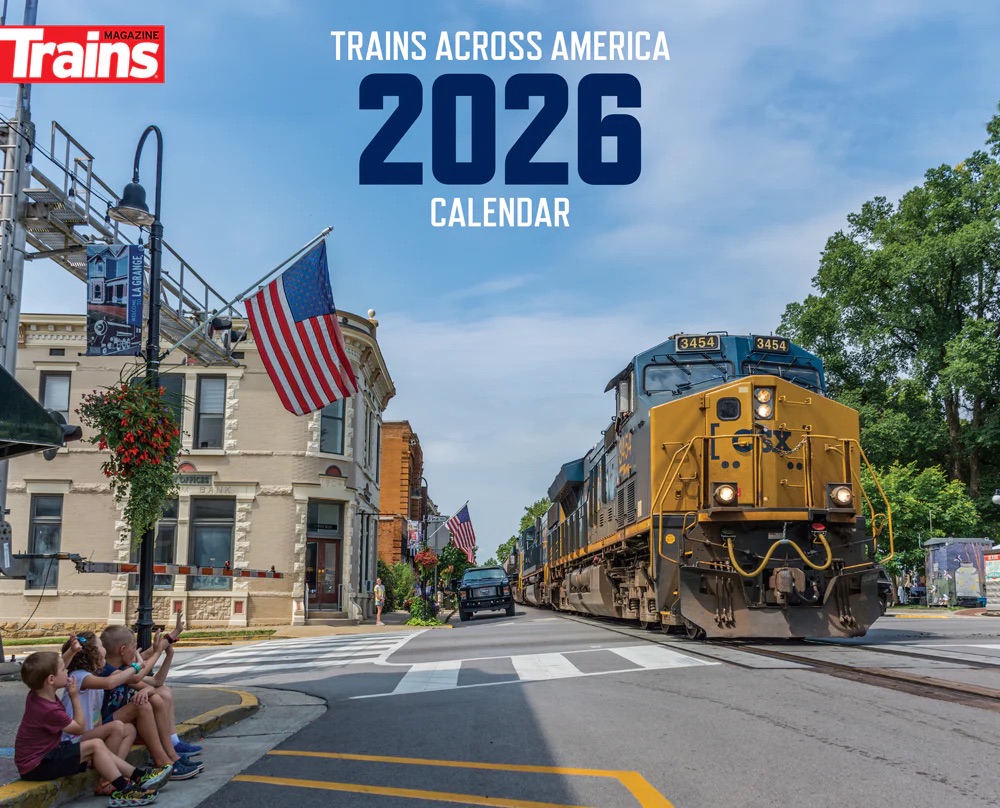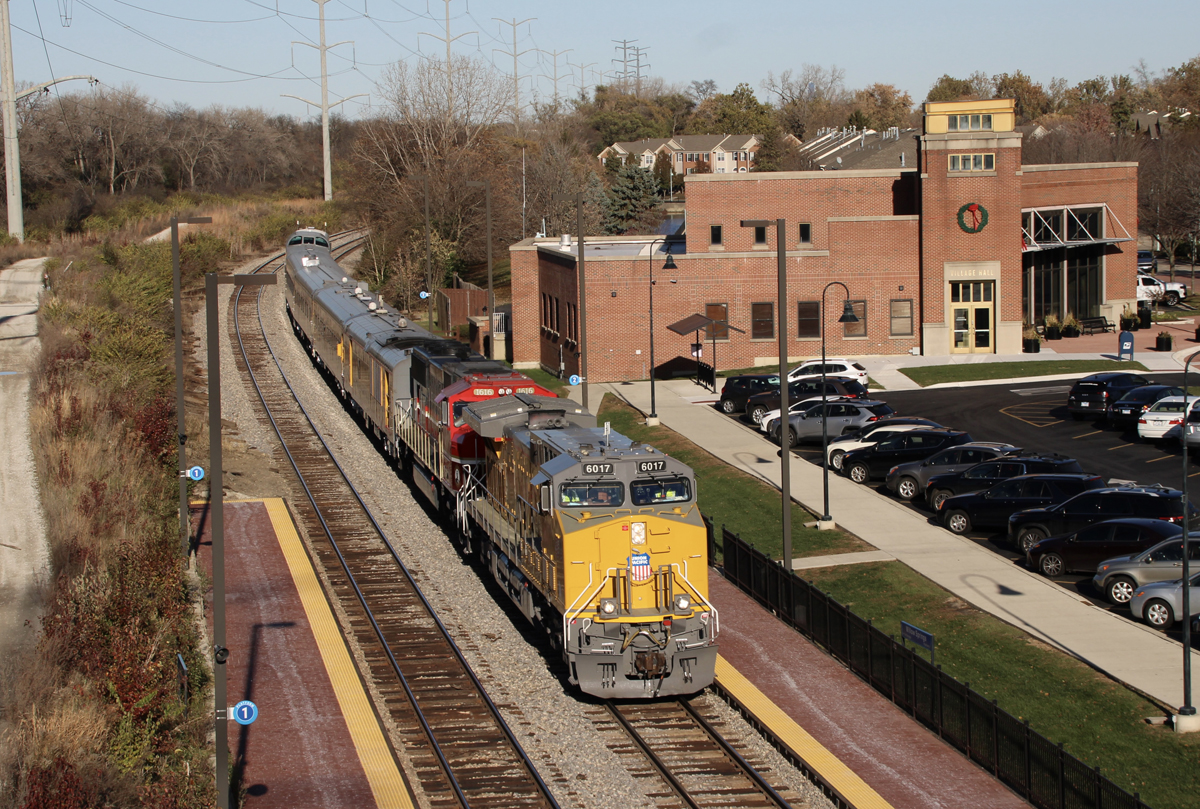
CHICAGO — Big railroad mergers have often been plagued by problematic computer cutovers that lead to service meltdowns, most recently this spring when CPKC extended its system to the legacy Kansas City Southern network in the U.S.
Union Pacific pledges to avoid the same fate if its proposed $85 billion acquisition of Norfolk Southern wins regulatory approval.

“It’s not the technology itself that is the tough part. … It is how you implement the technology that gets companies in trouble. It’s the training. It’s the change management,” Rahul Jalali, UP’s chief information officer, said on Wednesday.
The railroad shut down its mainframe system in January 2024 and cut over to a powerful new cloud-based system called NetControl that handles everything from railcar inventory and scheduling to waybill processing and train, locomotive, and terminal management.
“Think of it like the guts of Union Pacific,” Jalali told reporters aboard the UP executive train as it wound its way through the Chicago terminal.
The transfer to NetControl was a non-event: It didn’t affect the railroad’s operations or its customers, Jalali said. The dispatching system was cut over to NetControl in phases over a 17-month period.
“We’ve really developed a playbook around this precision implementation, as well as a very good model of change management, what’s required, how do you train the people, how do technology and business work hand in glove together, both in the field and at the home office level,” Jalali said aboard the Fox River theater car.
Jalali joined UP in 2020 from Walmart, where he was corporate vice president in the retailer’s tech division. Over his career, Jalali has been involved in 14 system cutovers.
“So I know a thing or two about integrations and the mistakes that are made in integrations,” he says. “Change management is probably the No. 1 reason why companies or processes get in trouble.”
UP recently extended NetControl to its Alton & Southern, the St. Louis-area terminal railroad, without issue, Jalali says.
Now the railroad is evaluating the tech systems at Norfolk Southern. “If there’s a product that we like on the other side, we will not have the ego to say, ‘We will still implement our product,’” Jalali says.
Extending NetControl to NS would be a gradual process, not a “big bang” like was done at UP, he says.
“We have a big job to do,” CEO Jim Vena says. “It’s not the first job to do the tech cutover because it’s more important to do the base fundamental operating plan first, because that’s where the benefit is for the customers. And that’s how we can grow the business faster.”
CPKC CEO Keith Creel, speaking on the railroad’s earnings call in July, said cutting over an internal computer system is different than extending one railroad’s system to another. “The complexity is thousands-fold, not to be underestimated,” Creel says.
CPKC’s problematic May 3 computer cutover in former Kansas City Southern territory in the U.S. caused nearly three months of congestion, missed switches, and delays for customers in Louisiana, east Texas, and Mississippi.
If UP and NS have a bumpy cutover, it will affect the entire rail network due to the combined railroad’s sheer size. “A network that big, if it gets sick, it’s not isolated to a particular geographic region in the nation,” Creel says. “The entire nation’s going to get sick. That’s the magnitude of this.”
Aboard the Fox River, UP executives acknowledged the differences but said the challenges are the same. Aside from the dispatching system, UP shut down its mainframe and three hours later was running under NetControl. “If anybody thinks that’s easy — that’s not easy,” Vena says.
Rick Paterson, an analyst who closely follows railroad performance metrics, says rail technology system changes are inherently difficult. “You can’t stop the trains; they’re still running 24/7 so any problems will have an immediate impact,” he wrote in a note to clients in June.
Adding to the difficulty: System users are widely dispersed and have varying comfort levels with tech changes, and congestion that crops up in one terminal can quickly spread to others.
“Railroad operating IT system cutovers are notoriously fraught, and include a couple of renowned debacles: Union Pacific-Southern Pacific in 1996, and the Conrail integration by CSX and Norfolk Southern in 1999,” Paterson wrote.
Because of the service problems related to those mergers, the Surface Transportation Board’s 2001 merger review rules require railroads to prepare detailed service and integration plans, including how they play to mesh their tech systems. UP and NS plan to file their merger application around Dec. 1.
— To report news or errors, contact trainsnewswire@firecrown.com.






